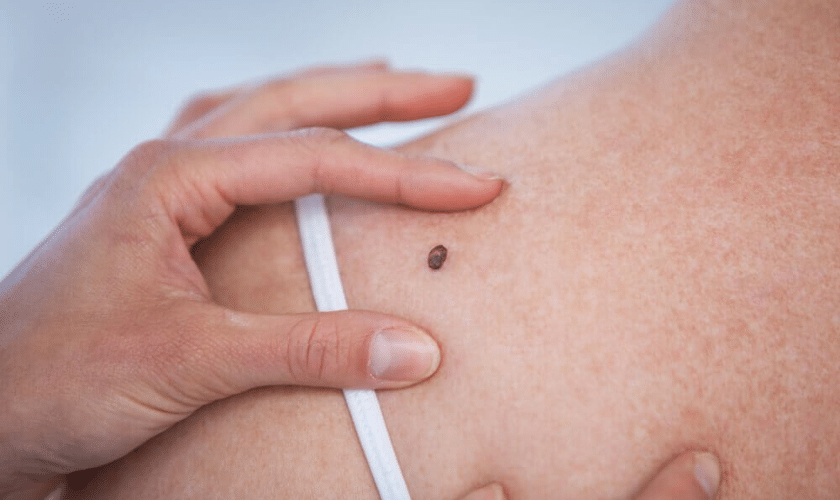Skin cancer is a prevalent concern, affecting millions globally. Among the array of treatment options, Mohs surgery stands out as a highly effective and precise method for treating certain types of skin cancer. Despite its efficacy, Mohs surgery can be shrouded in mystery for many. In this comprehensive guide, we aim to demystify Mohs surgery by exploring its key facts, shedding light on why it’s a preferred choice for skin cancer treatment, and empowering individuals with the knowledge they need for informed decisions about their health.
Understanding Skin Cancer:
Before delving into Mohs surgery, it’s crucial to grasp the basics of skin cancer. Skin cancer occurs when skin cells undergo abnormal changes, typically due to prolonged exposure to ultraviolet (UV) rays from the sun or tanning beds. There are three primary types of skin cancer: basal cell carcinoma, squamous cell carcinoma, and melanoma.
The Significance of Early Detection:
Early detection is paramount in effectively treating skin cancer. Regular skin examinations, both self-checks and professional evaluations, play a crucial role in identifying suspicious moles or lesions early on. Prompt detection allows for more conservative treatment options and higher success rates.
Mohs Surgery Process:
The distinctive feature of Mohs surgery lies in its meticulous, layer-by-layer approach. The surgeon removes thin layers of tissue one at a time, examining each layer under a microscope immediately after removal. This process continues until no cancerous cells are detected, ensuring minimal impact on surrounding healthy tissue. Now, let’s move on to the benefits it offers.
High Cure Rates: One of the key advantages of Mohs surgery is its exceptionally high cure rates. The method allows for the complete removal of cancerous cells, minimizing the risk of recurrence. This makes Mohs surgery particularly effective for treating skin cancers in sensitive areas, such as the face, where preserving as much healthy tissue as possible is crucial.
Preservation of Healthy Tissue: Preserving healthy tissue is a hallmark of Mohs surgery. By systematically removing and examining tissue layers, the surgeon can precisely target cancerous cells while sparing as much surrounding healthy tissue as possible. This approach is especially beneficial for cosmetic and functional outcomes, particularly in aesthetically sensitive areas.
Ideal for Complex Cases: Mohs surgery is particularly suited for cases where the borders of the cancerous lesion are ill-defined or where the cancer has recurred. Its precision and real-time examination of tissue margins make it the preferred choice for treating complex or recurrent skin cancers.
Local Anesthesia and Outpatient Procedure: Mohs surgery is typically performed on an outpatient basis using local anesthesia. Patients are awake during the procedure, enhancing the surgeon’s ability to assess functional and cosmetic outcomes. The outpatient nature of the surgery also means minimal disruption to the patient’s daily life.
Reconstruction Options:
Once the cancerous cells are completely removed, the surgeon assesses the need for reconstruction. Depending on the size and location of the wound, various reconstruction options may be considered, including sutures, skin grafts, or more advanced techniques to optimize cosmetic results.
Postoperative Care and Follow-up:
Following Mohs surgery, diligent postoperative care is crucial for optimal healing. Patients are advised on wound care, sun protection, and regular follow-up appointments to monitor healing progress and address any concerns promptly.
Mohs surgery emerges as a beacon of precision and efficacy in the realm of skin cancer treatment. By demystifying this technique and highlighting its key facts, individuals can approach skin cancer diagnosis and treatment with a clearer understanding of the options available. Whether facing a new diagnosis or dealing with a recurrent case, the knowledge surrounding Mohs surgery empowers individuals to make informed decisions about their skin health, reinforcing the importance of early detection and advanced, targeted treatments for a brighter, cancer-free future.

